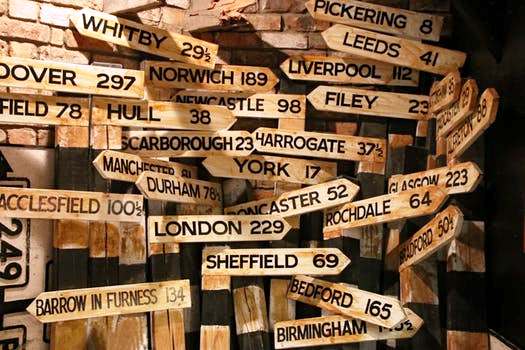We all worry that we are doing the right thing. What are the implications? Are we looking at this through rose coloured glasses and avoiding the downside?
Entrepreneurs especially value the upside more than the downside. If entrepreneurs weren’t like that, not much would get started. Ignorance sometimes works. There are shelves of books written by people who have succeeded in business against all the odds. Don’t read them. It’s a pity none are written by people who fail (the other 90+%), as we might avoid repeating their mistakes. Generally, avoiding mistakes pays better than brilliance. A useful mental model all of its own.
Improving the odds
It might be possible to change the odds in your favour for decisions, both business and personal.
We tend to use the same thought process for everything, small or large. We’ve written about one helpful way of thinking about decision making , called satisficing. It’s when you get to a good enough point and stop looking for more research. Enough really is enough.
Heuristics (rules of thumb) work generally as well as full mathematical decision-making strategies, and they work a lot faster. There’s plenty of research on this. And blogs from us – DIY Heuristics and Uncertainly brings Prosperity
Another decision making heuristic
We like a good rule of thumb, especially for difficult things like decisions. That’s why we like satisficing. It’s quick, and good enough.
Here’s another – is the decision reversible or irreversible. It’s a rule that Jeff Bezos at Amazon uses, amongst others.
Irreversible rules
Our usual way of thinking is that all decisions are irreversible. Most aren’t. First sense check – what would happen if this decision was reversed? Is it possible to quickly and cheaply unwind it? If it isn’t easy to unwind, slow down the decision making process, assemble all the facts, weigh them carefully, then decide.
Reversible decisions
If the decision can be reversed, quickly and cheaply, then make the decision quickly, even if it’s with imperfect knowledge. We are not suggesting you act recklessly or be ill informed. Simply that any extra effort in gaining more information may not help your decision and may slow you down so the opportunity is missed.
Getting that competitive edge
It’s more about moving with velocity than speed. Velocity is displacement over time, with a vector – always moving towards your goal. Contrast that with speed, which is distance travelled over time. Not necessarily towards your goal. Making better, faster decisions helps velocity. Velocity makes a difference in gaining a competitive edge, especially in fast moving times. Ask yourself– is this a reversible decision, and then get on and make it.
